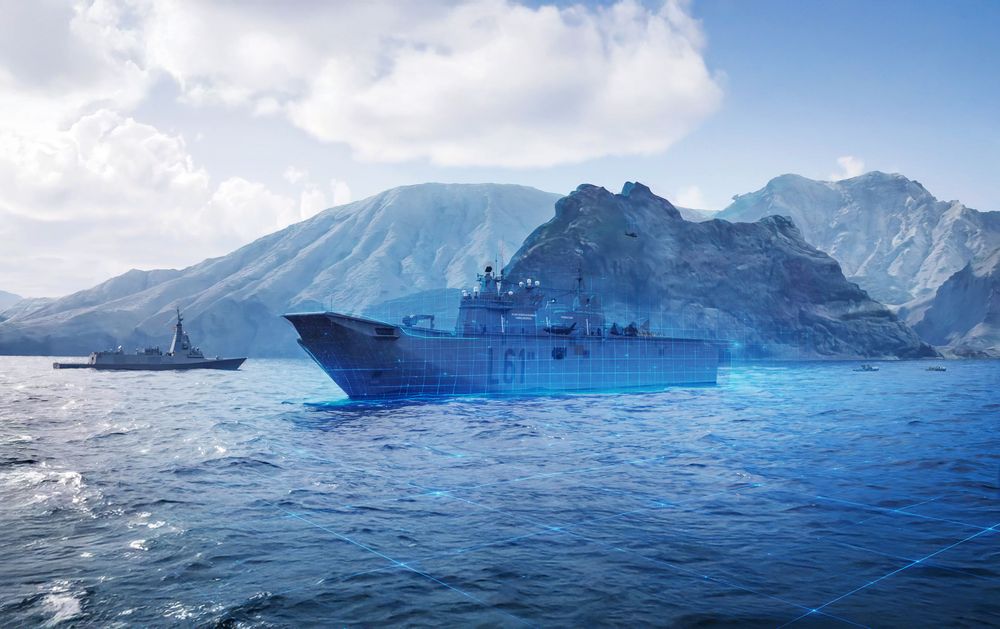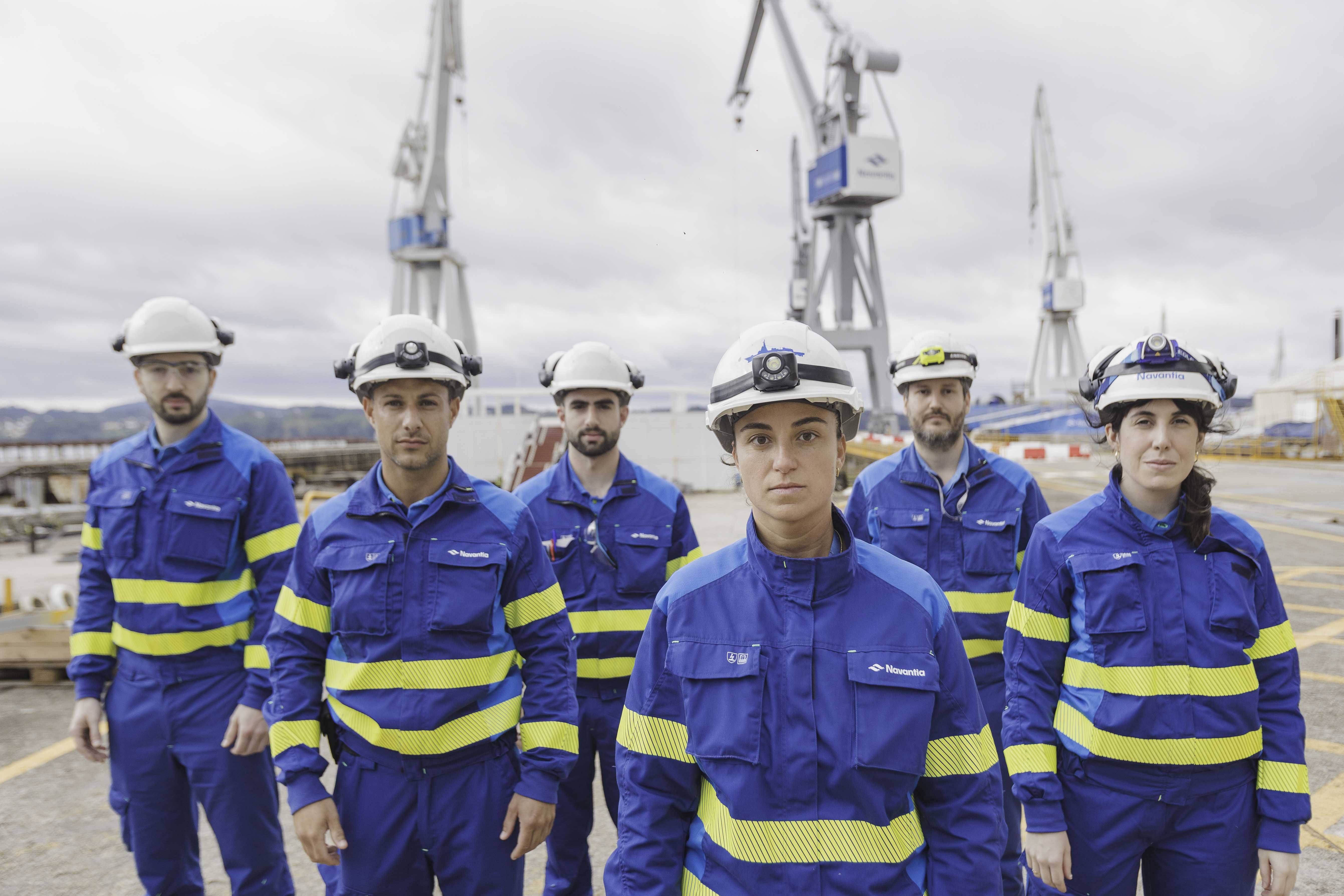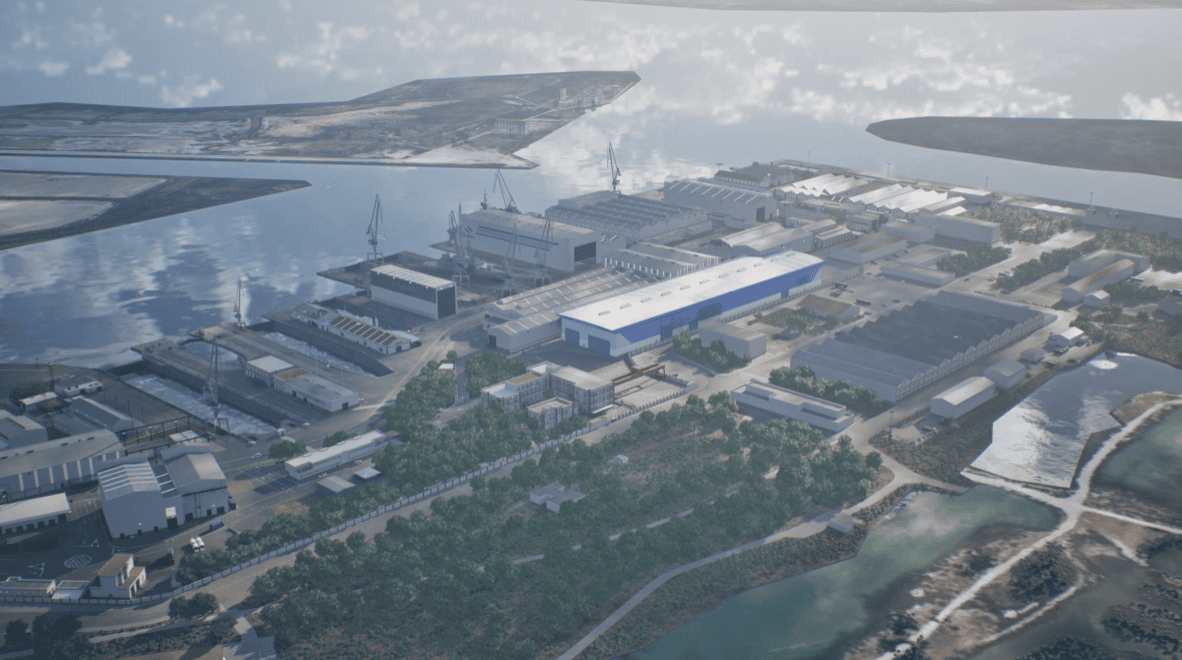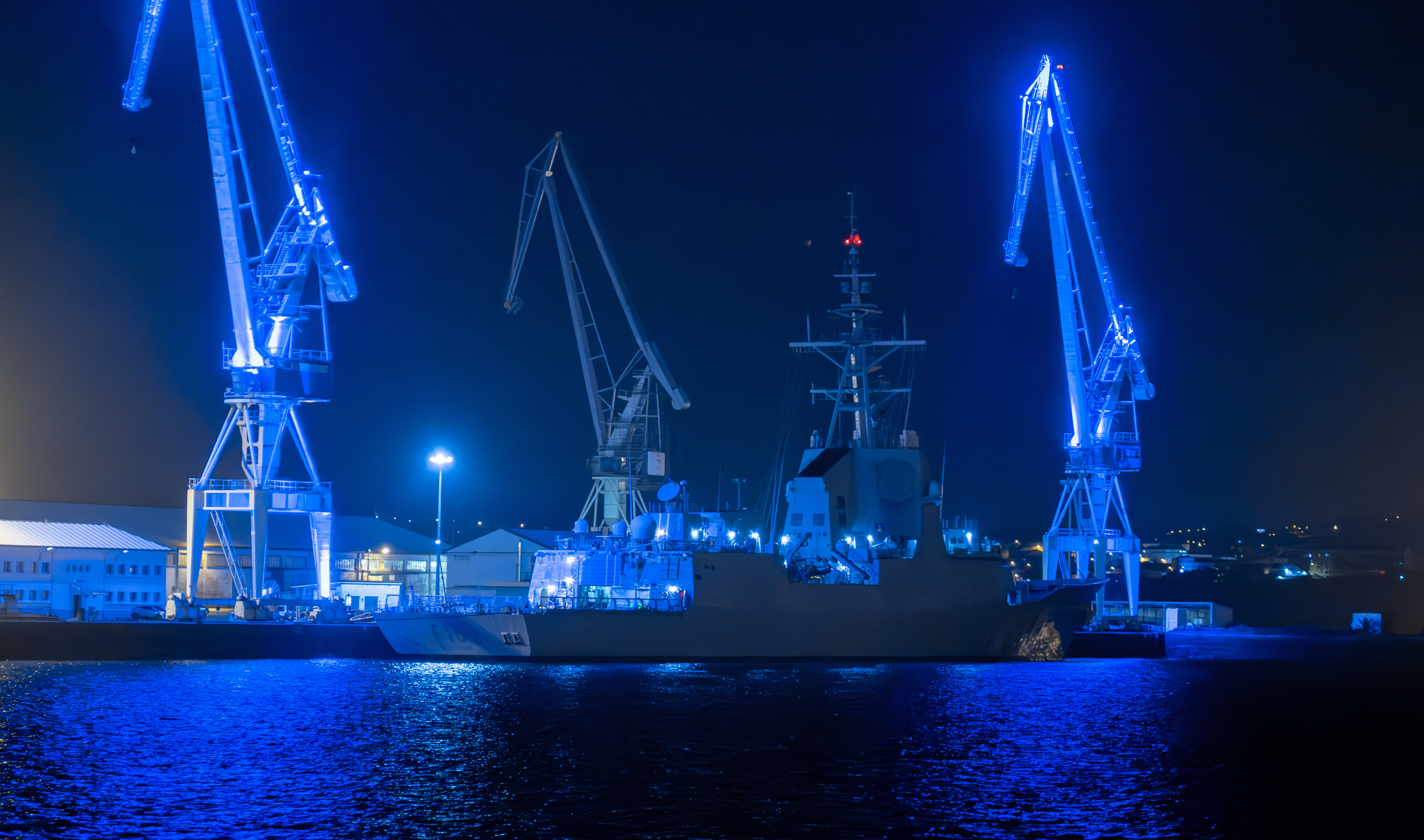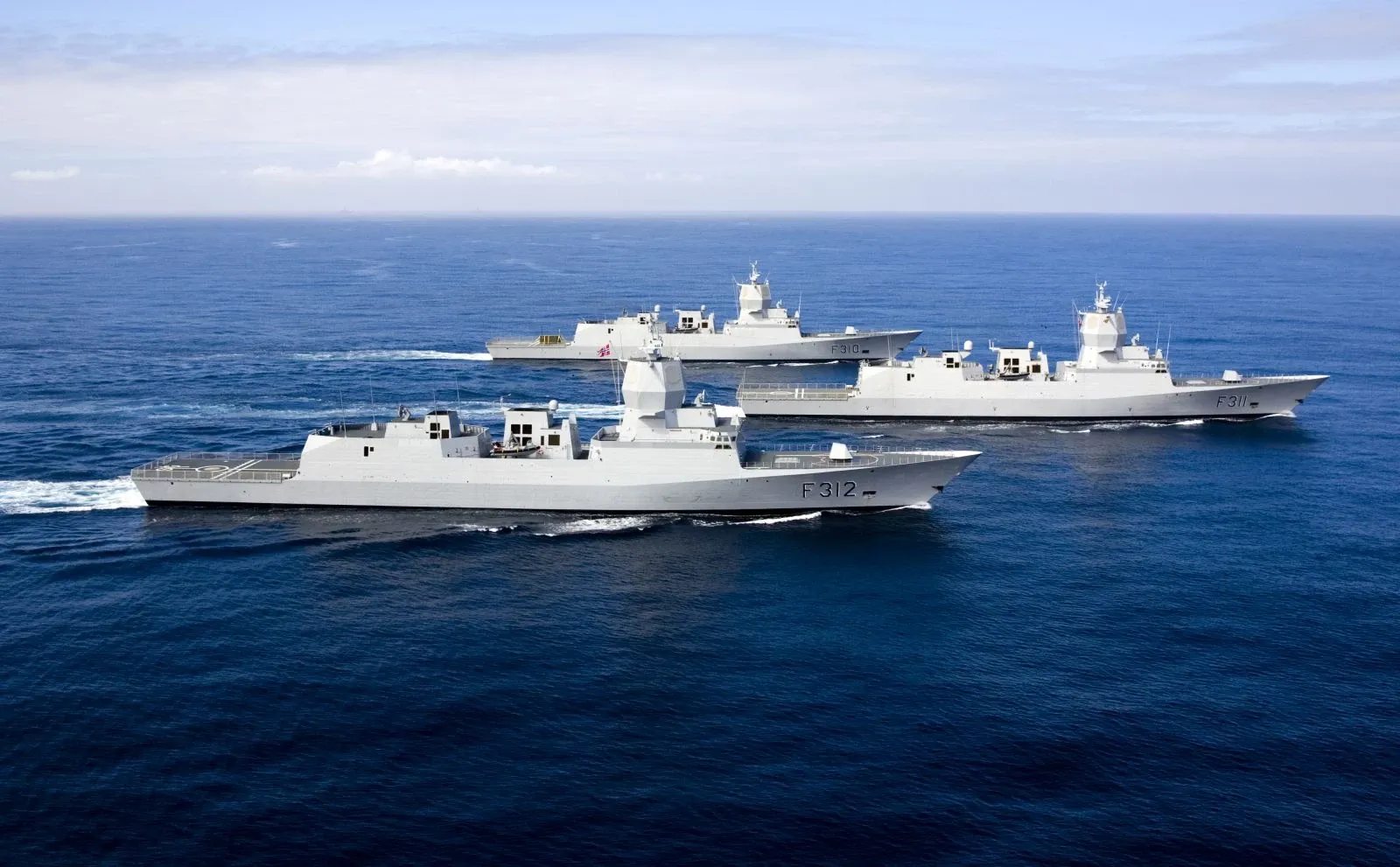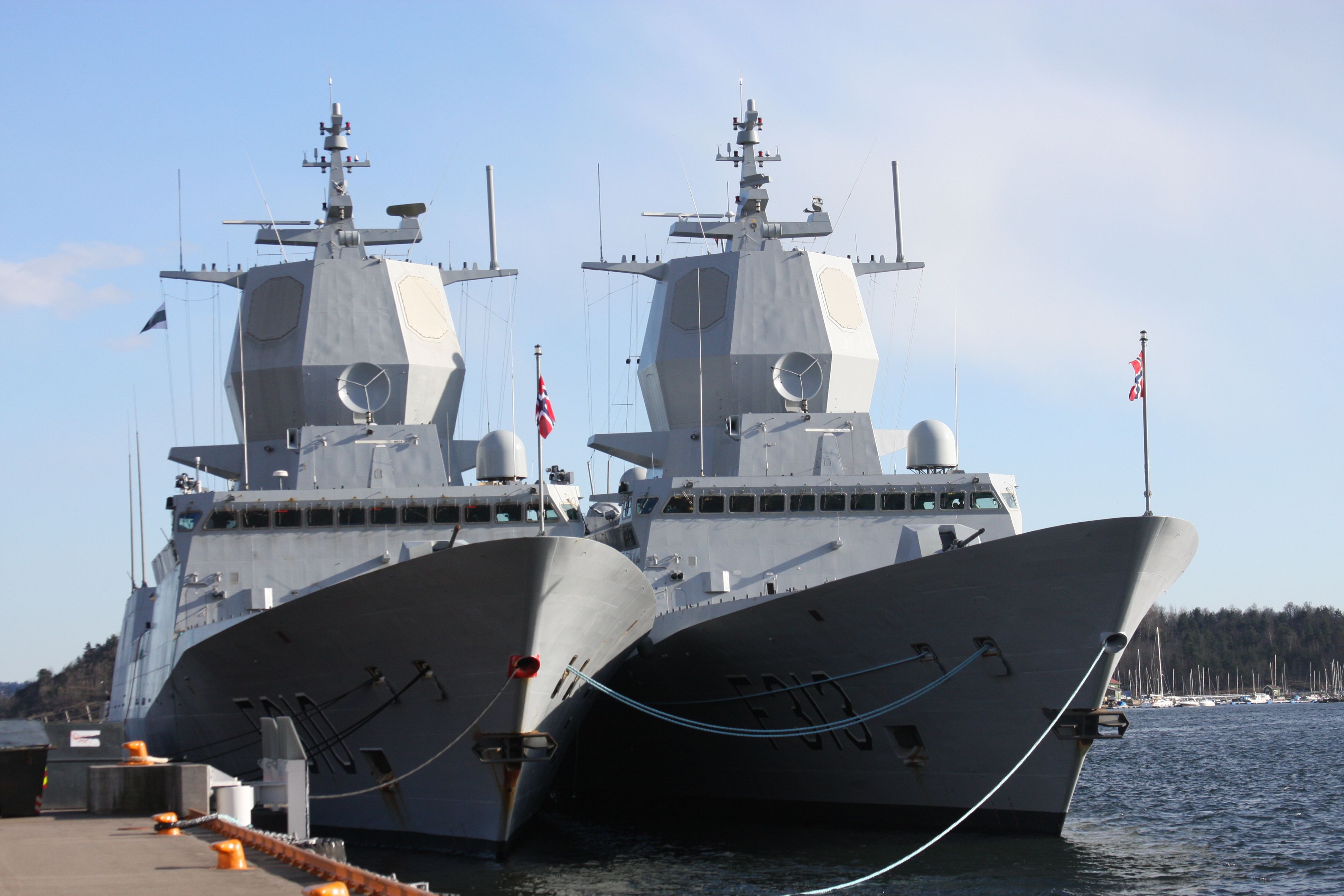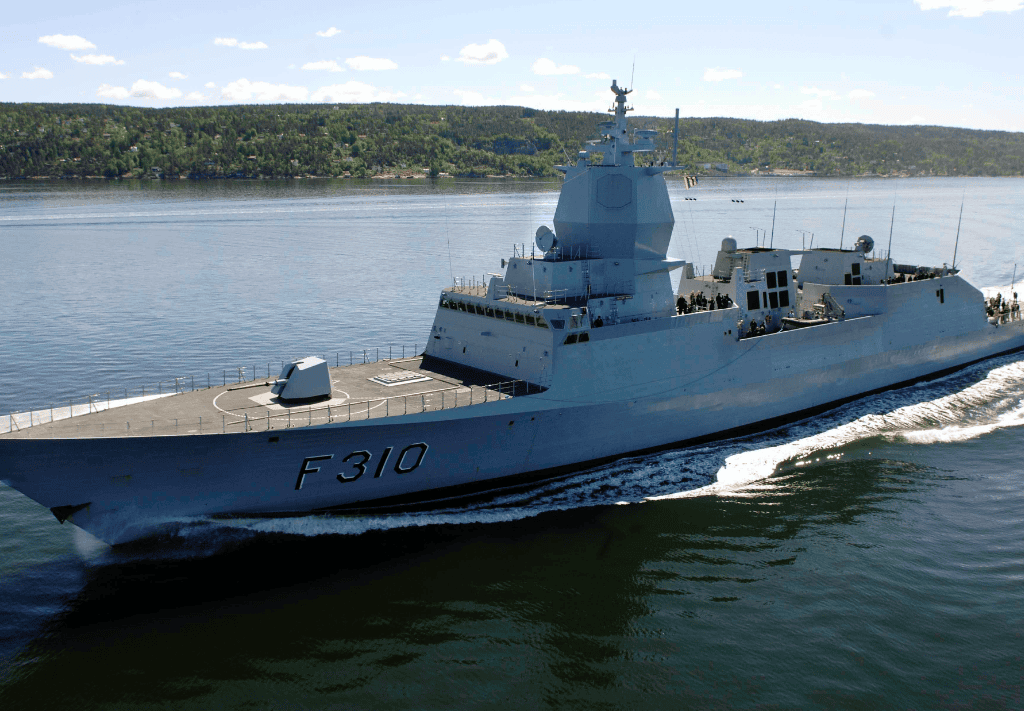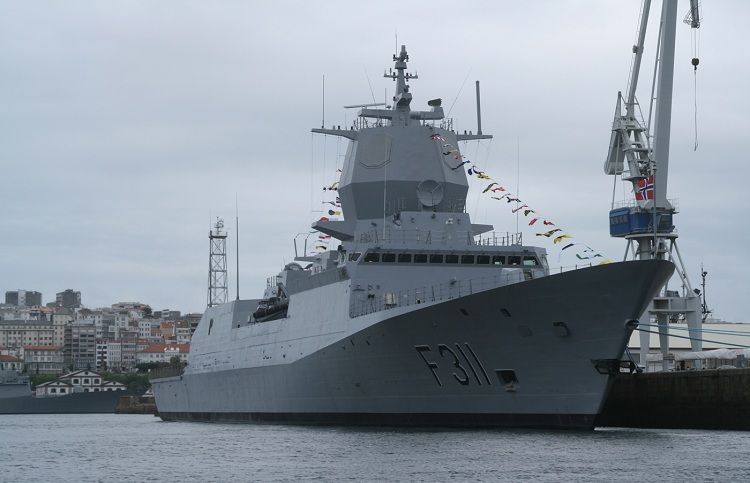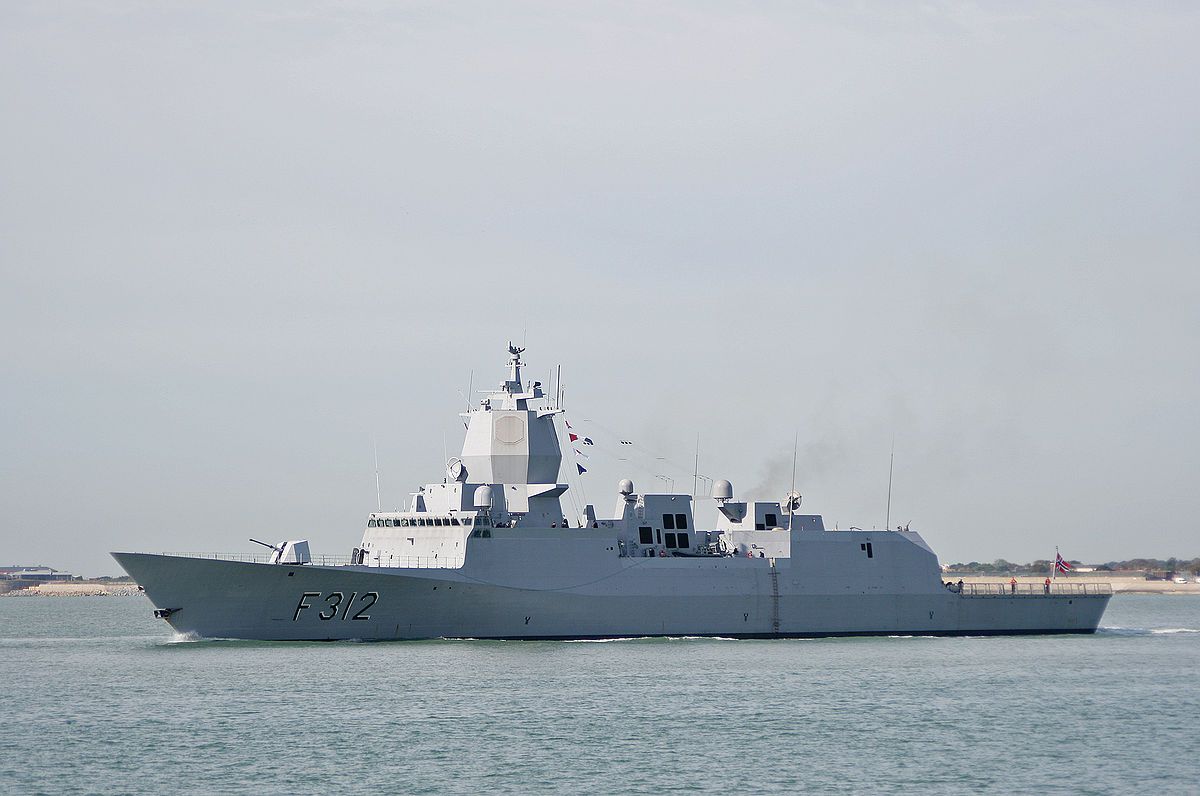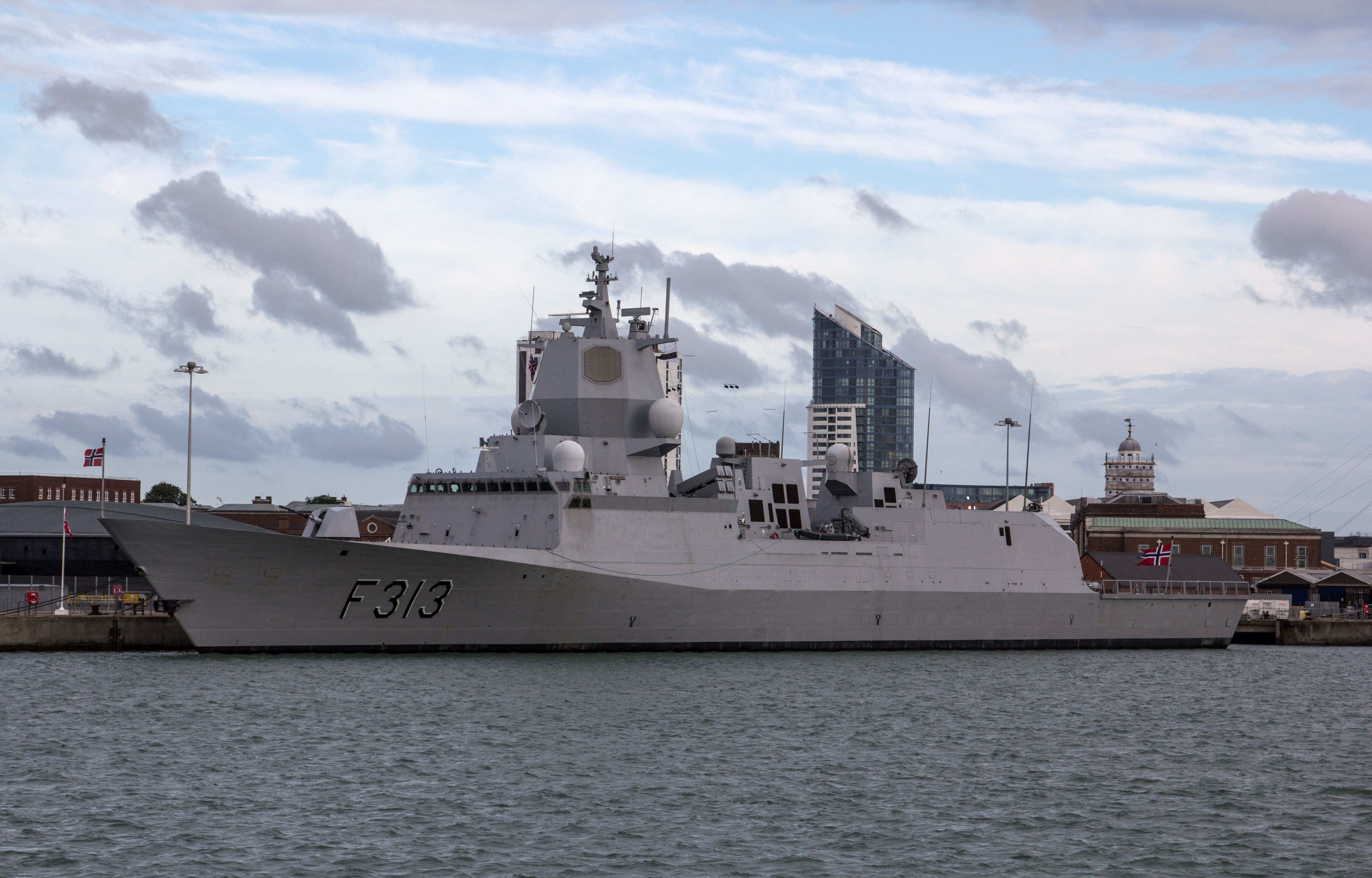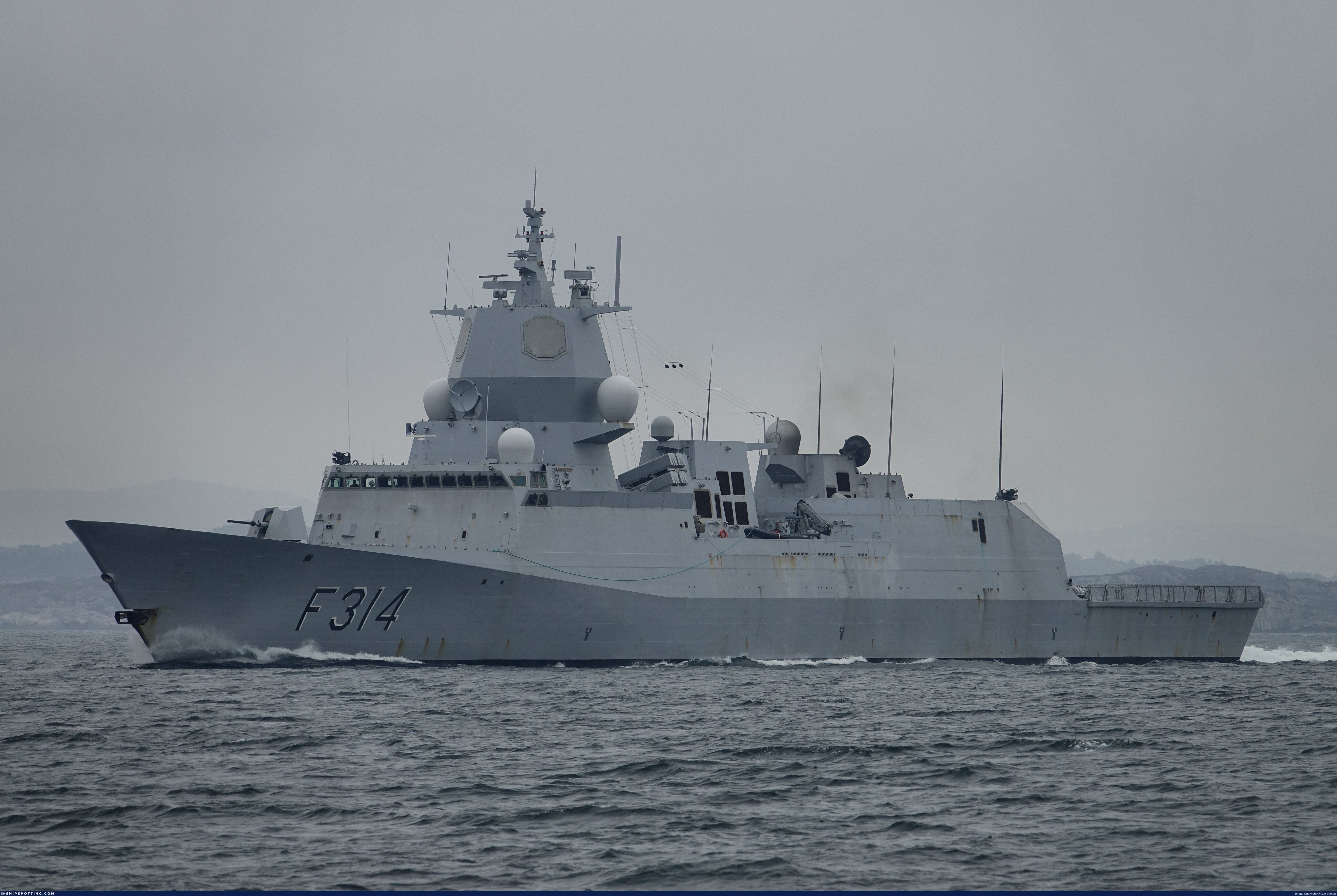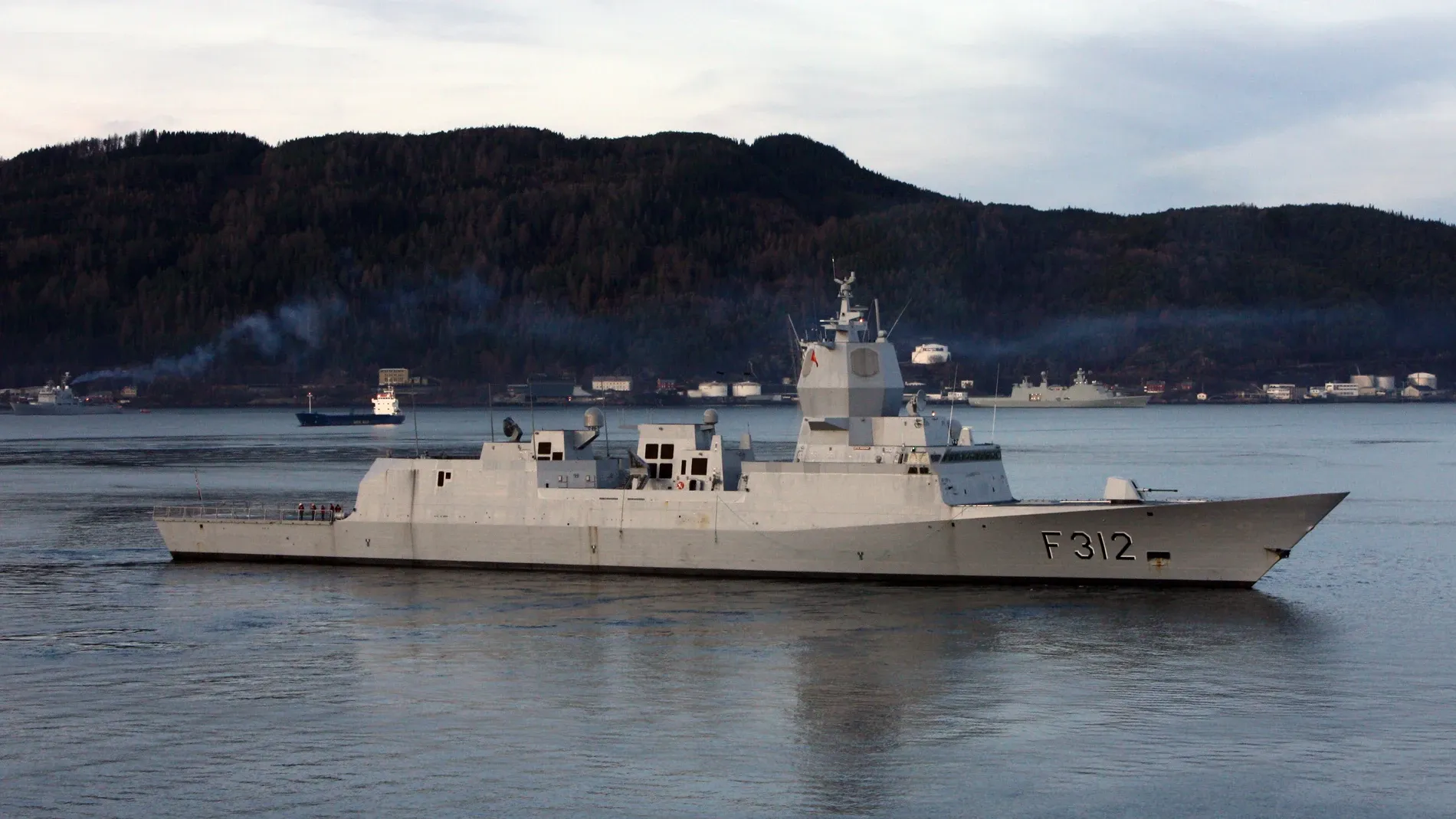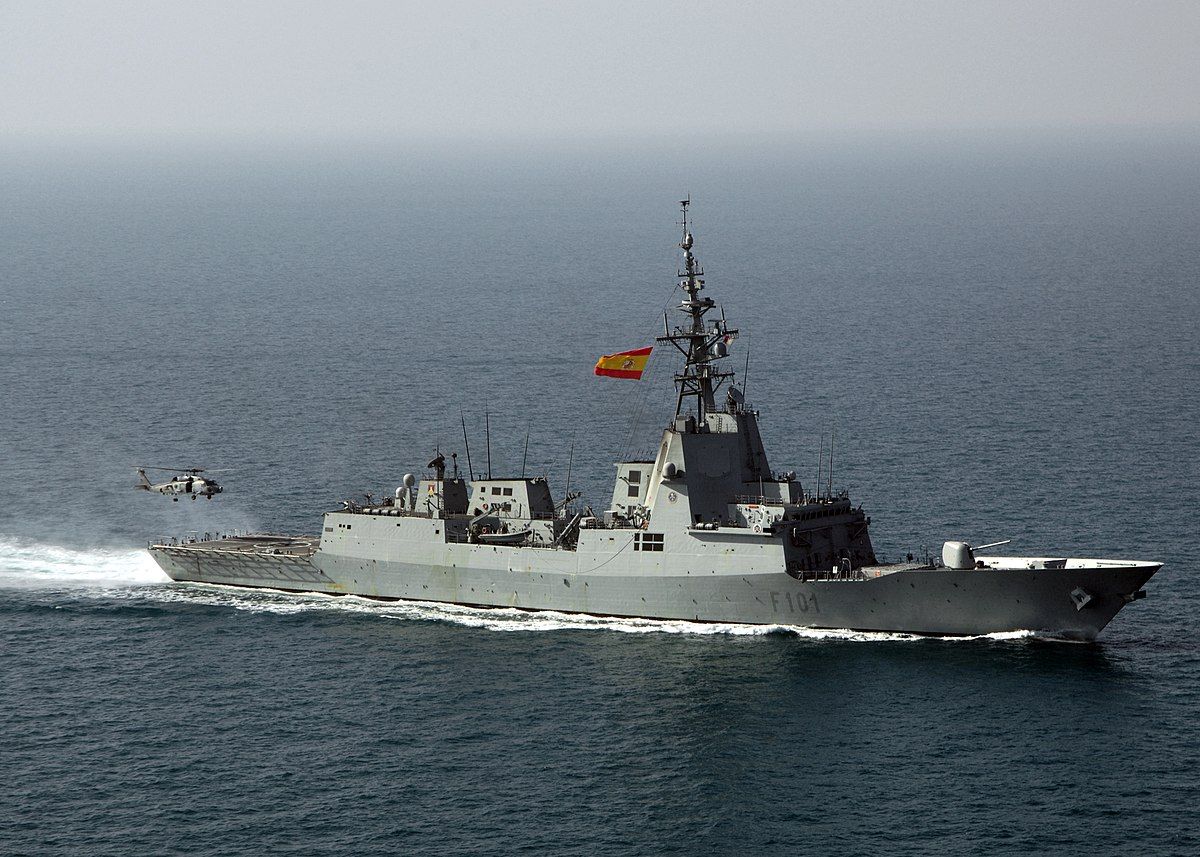Bienvenido a Navantia
Construcción Naval, Sistemas, Reparaciones, Servicios y Navantia Seanergies
Productos y servicios de alto valor añadido
Centros COEX
COEX · Advanced Manufacturing
innovación en fabricación de materiales
COEX · Digital
Twin
gemelos digitales para decisiones óptimas
COEX · Green Energies
energías marinas, hidróneno y sostenibilidad
COEX · Naval
Systems
tecnología cibersegura para buques avanzados
COEX · Smart Services
servicios inteligentes para activos fiables
COEX · Smart
Ships
diseños innovadores para buques futuros
Mundo Navantia
Navantia Seanergies
Nuestra división verde: cimentaciones, subestaciones y plataformas flotantes de eólica marina
Navantia UK
proveedor líder de soluciones navales avanzadas. Descubra nuestros proyectos, innovaciones y liderazgo en la industria naval británica.
Navantia Australia
Navantia Australia se compromete a apoyar el crecimiento de la industria de construcción y mantenimiento naval de Australia.CATÁLOGO DE PRODUCTOS






